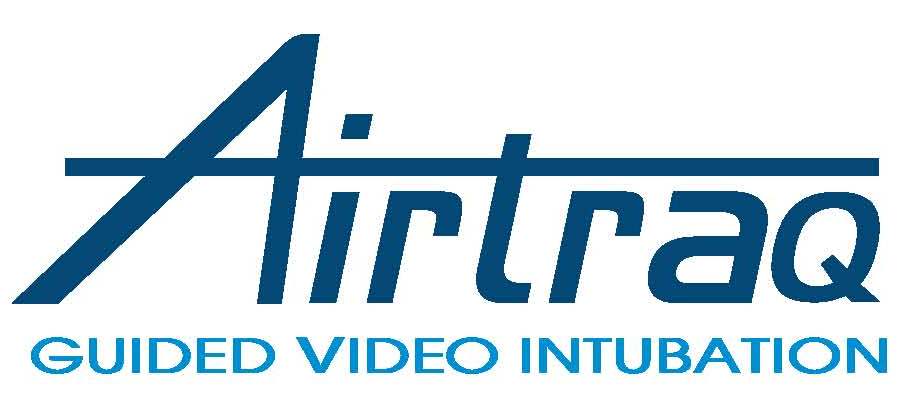


Here are eight current trends in airway management for cases in ambulatory surgery centers from Felipe Urdaneta, MD, an anesthesiologist in Gainesville, Fla., and Richard E. Galgon, MD, MS, Assistant Professor in the Department of Anesthesiology at the University of Wisconsin School of Medicine and Public Health in Madison.
1. Standards of care equal at ASCs and hospitals. Traditionally hospitals were considered to have the most advanced airway management technology and were the best setting for complex cases. However, technology like video laryngoscopy is now making its way into the outpatient setting.
"Outpatient surgery is a very important component of the surgeries we perform," says Dr. Urdaneta. "In the past we've had different standards when comparing the main hospital to the outpatient center, but I think the standards have now equalized. The trend is for everyone to have the same capabilities in airway management."
2. More difficult cases can stay in the ASC. While not every case is appropriate for the outpatient setting, physicians are able to perform more cases than in the past because it's now possible to safely manage some traditionally complicated patients.
"The biggest trend I see is being able to safely manage a broader patient population and improve efficiency while controlling costs," says Dr. Galgon. "In the past, we have set criteria for managing patients in our local surgery centers, sending obese patients or those with a history of difficult intubation to another place right away. But, as we are able to learn about technology today, we can broaden the criteria for managing these patients safely in the ASC."
3. Studies show clear advantages. ASC administrators often wait for extensive randomized, controlled studies proving the effectiveness of new technology as the gold standard before purchasing it. However, the simulation studies and observational case control data has been enough to win over anesthesiologists and ASCs across the country.
"I don't demand the randomized, controlled studies because if we wait for everything to reach that level it will take too long to appear," says Dr. Urdaneta. "Our success rate is high with airway management and we can show improvement. Once you show people how to use it, they do so because they see the advantages. If you keep waiting, you'll find the train has already left the station by the time you're ready to get on."
4. Quicker OR turnovers. Standardizing airway equipment and using disposables can realize benefits for the center. "I believe we will continue to move toward standardization in the operating room and use of disposable technologies that can lead to efficiencies in turnover times," says Dr. Galgon.
5. Costs are becoming reasonable for ASCs. Purchasing new equipment is often expensive, and with tight budgets surgery centers may be weary of taking the leap, especially if the new equipment will only allow for a small percentage of new patients. However, airway equipment costs are coming down due to competition, says Dr. Galgon, and ASCs may realize other cost-benefits down the road.
"From an economic perspective, if you have a bad outcome or case where something went wrong, it's better to have invested in the appropriate equipment," says Dr. Urdaneta. "Having the best possible airway management system puts ASCs in a better position from a medicolegal point of view."
6. Patient selection remains a challenge. A significant factor for success in the ASC setting is appropriate patient selection. "We continue to see our technological options for airway management expand," says Dr. Galgon. "If we are able to better identify and predict patients with difficult airways, we'll be able to improve patient selection and match patients with the right airway management systems to avoid struggles in the airway."
7. Advances in prediction tools are on their way. The next big opportunity for advancing airway management is improving prediction tools to identify risks for difficult airways and pulmonary complications and matching the right tools to each patient.
"When we understand airway management technologies and matching them appropriately for patients, we can achieve better outcomes," says Dr. Galgon. "This is especially important for an ASC located off-site from a tertiary hospital. Certainly if we can improve our prediction tools, which currently don't always predict difficult airways right away, we can safely manage an even broader patient population in the ASC."
8. Reducing the need for airway management. Increasing use of regional anesthesia in ASCs is reducing the need for airway management.
"The biggest trend in airway management for outpatient cases today is not to have to do it," says Dr. Galgon. "With the expansion of ultrasound guidance for regional anesthesia, more providers are becoming comfortable performing peripheral nerve blocks for surgical anesthesia. In these cases, we can avoid having to manipulate the patient's airway altogether. That being said, however, the need for airway management in the ASC won't ever totally go away and having appropriate airway management equipment available remains vital."
More Articles on Surgery Centers:
5 Advantages of Video Laryngoscopy in ASCs
Implementing Safe Surgery Checklists at Your Surgery Center: Q&A With Linda Lansing & Michelle George of Surgical Care Affiliates
56 Surgery Centers Receive 2012/2013 Apex Quality Award
